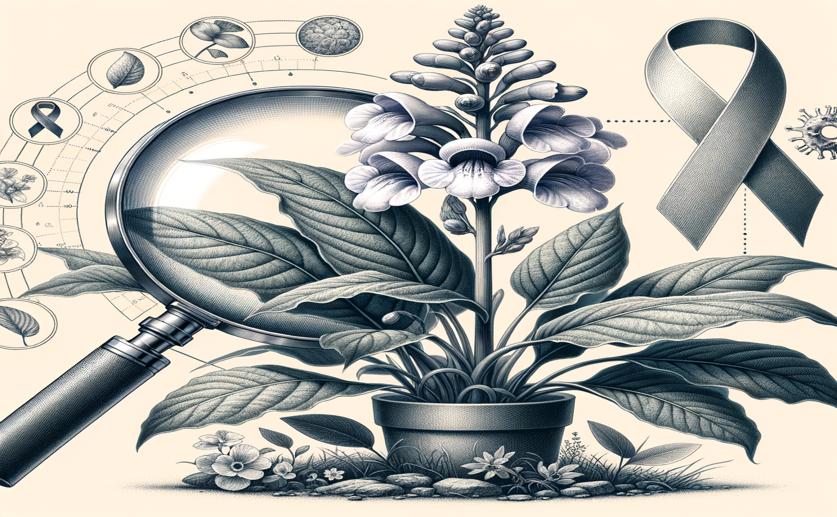
Discovering Plant Compounds and Cancer-Fighting Properties of Torenia Crustacea
Jenn Hoskins
31st July, 2024

Image Source: Natural Science News, 2024
Key Findings
- The study from Pratikhsha Institute focused on the medicinal plant Torenia crustacea, traditionally used in various cultures
- Researchers identified bioactive compounds in T. crustacea, including flavonoids, cardiac glycosides, and anthraquinone glycosides
- T. crustacea showed promising antioxidant activity, comparable to ascorbic acid, indicating its potential to neutralize harmful reactive oxygen species (ROS)
- The plant extracts demonstrated significant in-vitro anticancer properties, suggesting potential for developing new anticancer therapies
References
Main Study
1) Exploring the phytochemicals and in-vitro anticancer activities of Torenia crustacea
Published 30th July, 2024
https://doi.org/10.1007/s44372-024-00011-4
Related Studies
2) Oxidative Stress: Harms and Benefits for Human Health.
3) Chronic Inflammation's Transformation to Cancer: A Nanotherapeutic Paradigm.
4) Bioactive constituents of Lindernia crustacea and its anti-EBV effect via Rta expression inhibition in the viral lytic cycle.



 24th July, 2024 | Jenn Hoskins
24th July, 2024 | Jenn Hoskins